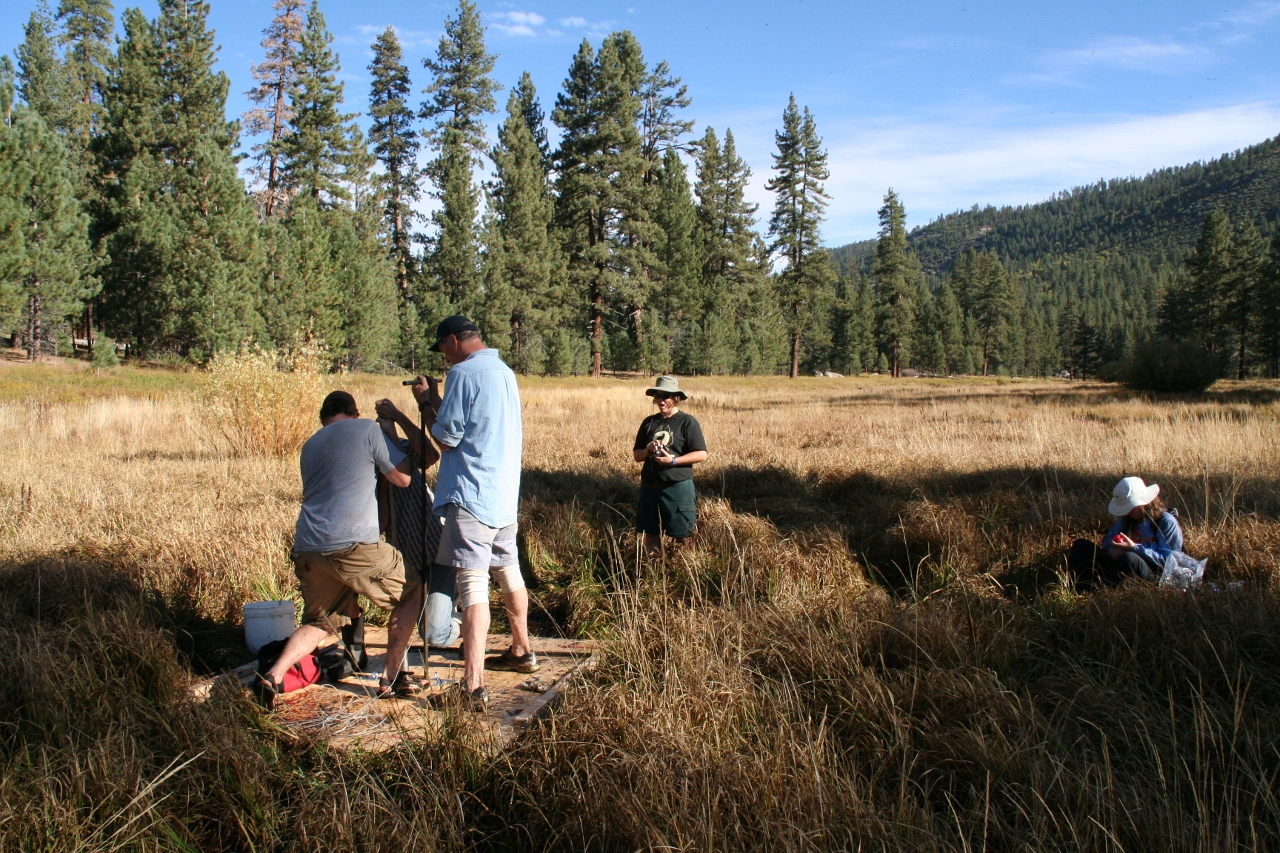I’m not one for keyboard replacements — never really saw the point (ooooo it’s another color). Sure, I’ll root a phone, install custom ROMs, switch out desktops, etc., but the keyboard has always been, well, a keyboard. The irritation of hitting those tiny little keys onscreen is what made me love the physical keyboard of my HTC G1 so much. The HTC Droid Incredible has no physical keyboard (but it does have Google Earth *drool*). The lack of physical keyboard initially made me a sad panda, until I found Swype. Don’t have Swype? Have a go over at the friendlies at XDA Forums.
Swype beta closed? Official beta APK in here!!! – Page 10 – xda-developers
What is Swype you ask? Short answer, it’s a closed Beta program. I know, not helpful. Plus, how closed can it be with a link to the APK? 😉 Anyways, Swype is simply one of the most intuitive keyboards (IMHO) you can ask for. Instead of hitting at the keys on screen, you simply draw your finger from one letter to the next. You don’t even have to be all that accurate. The app guesses at what you’re trying to type, and if there’s multiple options, will provide you a list to choose from. It’s like an autocorrect (of sorts) for typing/texting on a phone. If the word doesn’t exist, hit the buttons “old school”, click the text that appears, and voila! it’s added to your dictionary. Typing is so much faster, because it’s more like scribbling than anything. Only legibly 😉
The app comes with a tutorial, one of the few tutorials I’ve ever done in my life (DO THE TUTORIAL!!! So many good tips & tricks in there!). Ok, so I did the tutorial thinking that was the only way to activate the program, but still, it’s good. Oh, to activate Swype? First, enable it in Settings > Language & Keyboard > Swype (checkbox). Second, go to a text field (say, in a search box) and long press the field. A popup will appear, then click Swype and you’re all set to go.
So how does this relate to geography? Because now, taking notes on your phone out in the field just got that much less frustrating =)









